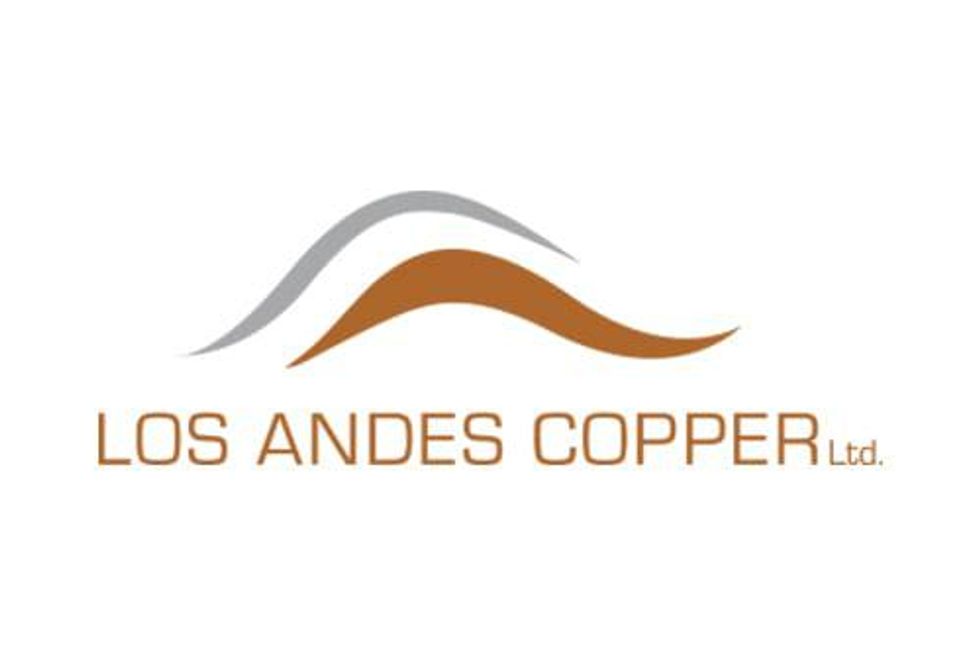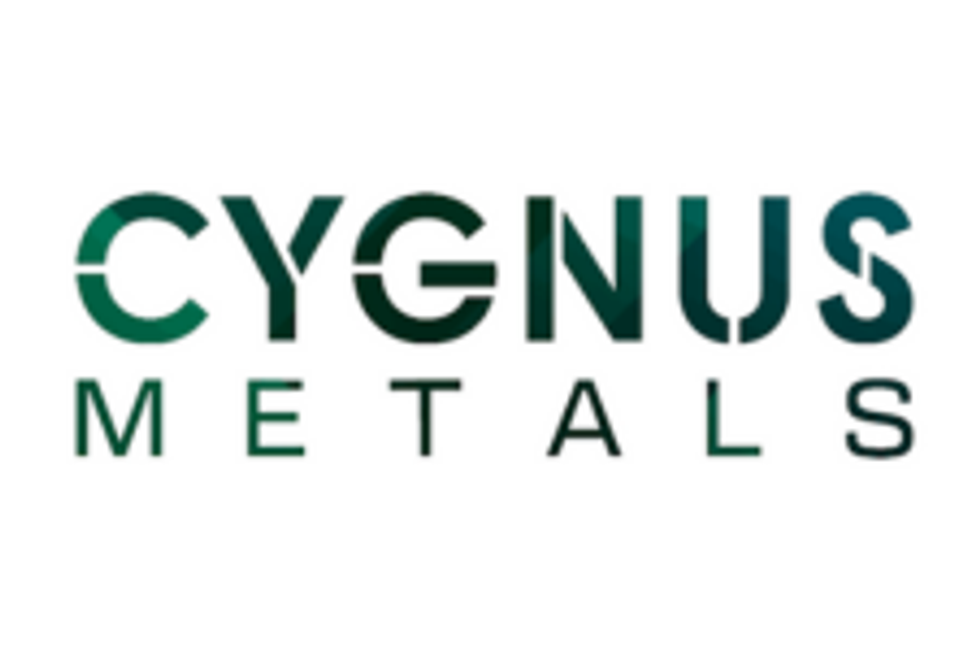Dig Media Solutions’ recent survey on investor’s perception of the copper market clearly shows that when it comes to copper, investors are pessimistic over the metal’s future.
By Leia Michele Toovey- Exclusive to Copper Investing News
Dig Media Solutions’ recent survey on investor’s perception of the copper market clearly shows that when it comes to copper, investors are pessimistic over the metal’s future. According to the survey, in 2010 there has been a nearly 44 percent drop in copper investing with only 7.9 percent of respondents stating they’ve invested in the red metal in 2010 compared with 14.1 percent in 2009. Now, what is so disconcerting about this result is coppers ability to reflect the overall economic picture.
Copper is a metal of many names, I’ve heard it called Dr. Copper, the bell weather of the economy, and the world’s best analyst. All of these names point to a commonality- copper is a great predictor of the health of the economy. The reason for this is copper is primarily used in construction. When an economy is growing, houses are being built, infrastructure is advancing, and copper is therefore being gobbled up. As a result, the price of the metal rises. When growth stalls so does copper demand. Copper reflects this fact so precisely- that it is often the leading indicator of economic growth. Which is why, before the economy was apparently turning around, copper shot upwards, outperforming all other metals. Unfortunately, this happened last year. In 2010, resurrecting fears of economic stability knocked copper of its tracks.
In 2009, copper was the golden boy of the markets. Copper prices nearly doubled as China stockpiled the metal and overall economic sentiment improved. In 2010, copper prices fell apart. Copper’s unraveling is a result of fears that the euro-zone was in grave danger of becoming insolvent. Adding to concerns of an economic slowdown was China’s steps to cool its economy in order to prevent inflation. With copper’s price linked directly to economic growth, negative sentiment resulted in investors liquidating their copper investments.
What is in store for Dr. Copper?
Goldman Sachs Group Inc. lowered its near-term price forecasts for copper, citing fragile global markets. For the future, the two biggest concerns plaguing the markets are concerns that the Europe debt crisis may hamper growth and as China moves to cool its economy. According to GS, Copper will trade at $6,800 a metric tonne in three months, 16 percent lower than a previous estimate. However, the investment powerhouse believes that the negative sentiment will wear off, as analysts will look to the longer-term, global picture, which shows that in the grand scheme of things, the economy is improving. The metal will climb to $7,900 a tonne in six months and to $8,050 in 12 months.
What about all the supply cutbacks?
The recession of 2008 resulted in production cuts for many metals; copper was not spared. The main difference when it came to copper is that it was really early to jump on the economic rebound. In fact, while other metal’s mines were still being shuttered, copper was already on the rebound. Supply cutbacks were therefore, according to some, prematurely curbed. According to the International Copper Study Group the refined copper market balance for 2010 could show a surplus of about 580,000 metric tonnes as growth in copper supply is expected to exceed projected weak growth in industrial copper demand. For 2011, a smaller surplus of around 240,000 tonnes is anticipated as increased economic activity is expected to boost demand in copper end-use markets.
With help from Assistant Editor Vivien Diniz





